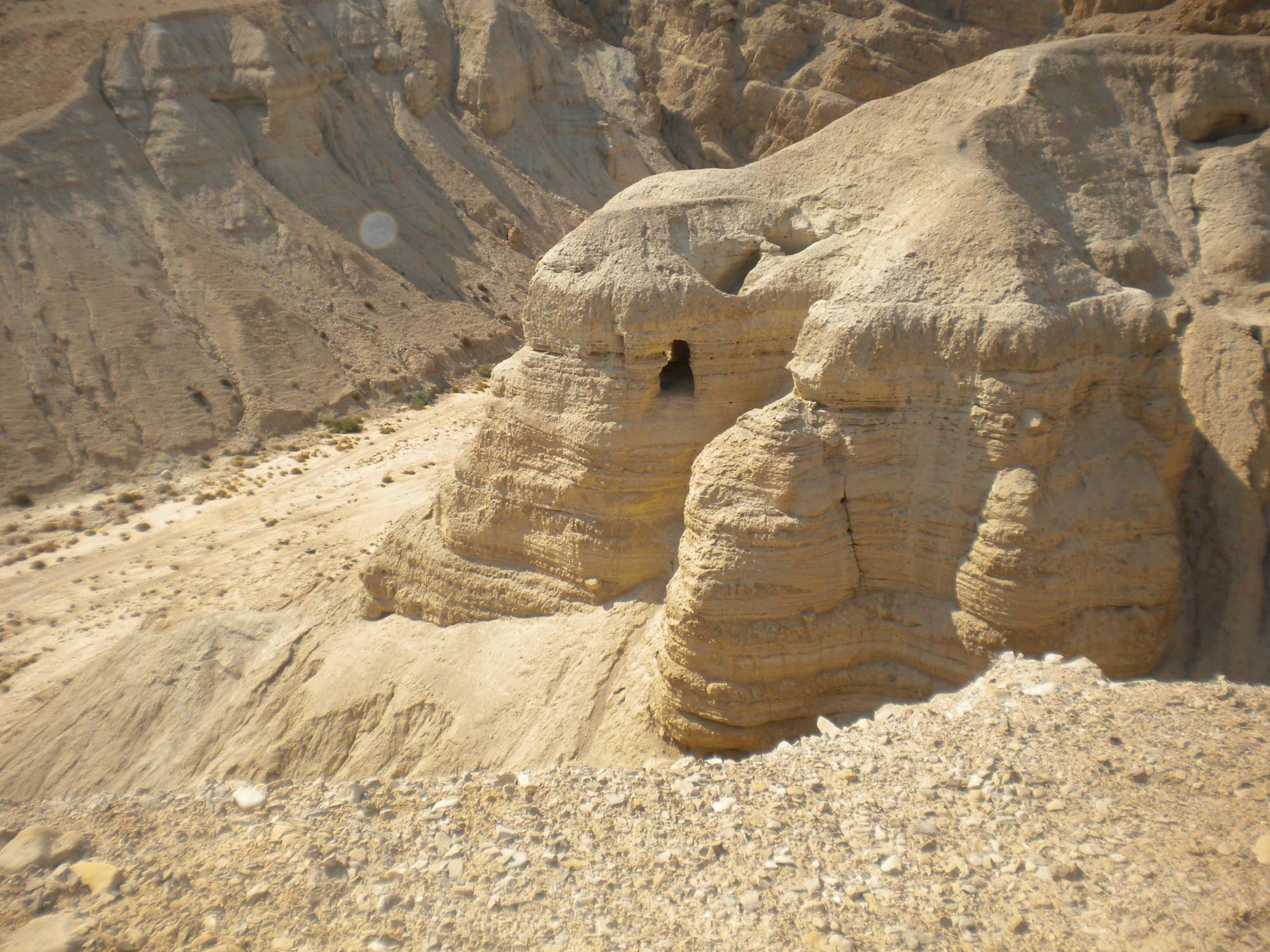
Israel is rich in history and archaeology. There is no place on earth where so much ancient history has been dug out of the ground. If you enjoy seeing how people lived in biblical and Second Temple times, you will enjoy visiting some of these archaeological sites in Israel:
Megiddo was the site of several biblical battles, since it was part of a trade route and of strategic importance. It was leveled by the Babylonians who destroyed the First Temple and was uninhabited thereafter. As a result, it preserves the biblical ruins in great condition. Of particular interest are two stable structures.
Beit Guvrin paints a picture of life in the kingdom of Judah during the First Temple period, as well as Second Temple Roman Palestine. There are dwellings and burial caves, but the most intriguing aspect of the site is the bell cave complex. Huge caves were dug for their chalk, and many of them are interconnected by underground passages.
Qumran’s caves and dwellings are a testament to the lives of people who settled in the desert toward the end of the Second Temple period. Learn about the composition of the Dead Sea Scrolls and the ascetic sect that copied them. The site has a film and on holidays there may be tours and street acting. You can visit Masada on the same day you see Qumran, and get a full picture of life before and during the Great Revolt.
Herodian (or Herodium) is the site of a palace built by Herod the Great not far from Jerusalem. Besides the palace, there is a bathhouse, a synagogue and a Roman theater. A tomb possibly belonging to Herod was discovered at the site but is not currently accessible to the public.
Beit Shean was inhabited from the 15th century BCE all the way through to modern times. Its excavations revealed an impressive ampitheater, a Roman bath, a Byzantine church and a Crusader fort. It is one of the most impressive archaeological sites in Israel and well worth a visit. The area’s warm weather all year round make it an excellent choice for a winter visit (as long as it’s not raining).
Of course, there are many more archaeological sites in Israel. To find out more about archaeological sites and national parks in Israel, go to the website of the Nature and Parks Authority.